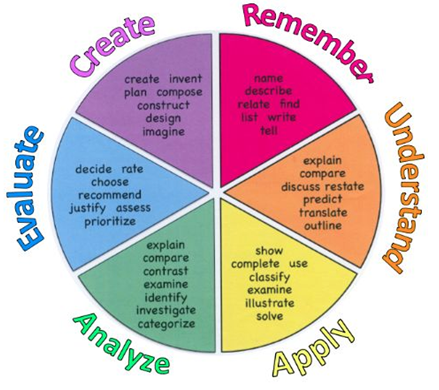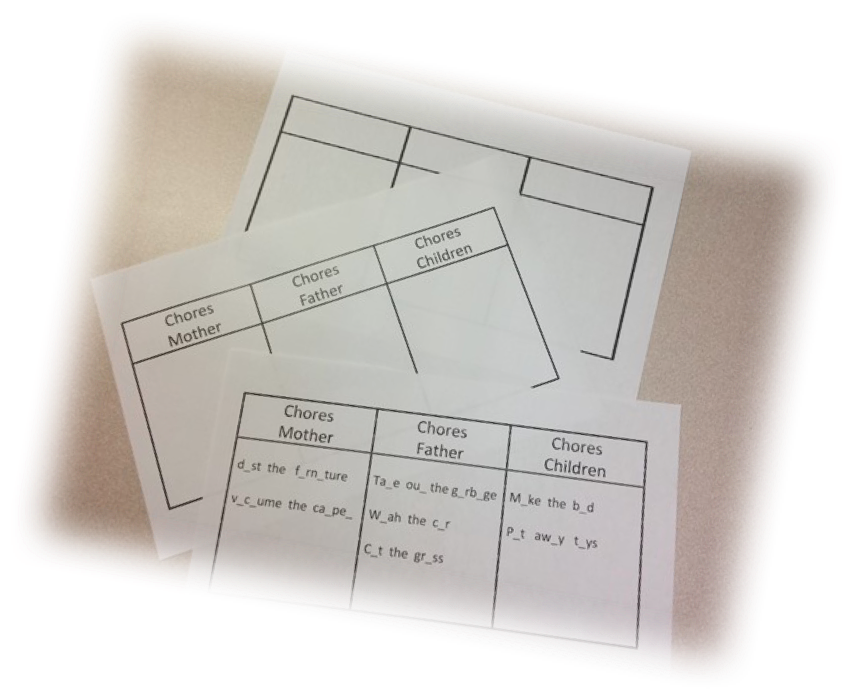 Carolyn Nason, a recent guest on the Oxford Adult ESL Conversations podcast, discusses the role of rigor in the Adult ESL classroom.
Carolyn Nason, a recent guest on the Oxford Adult ESL Conversations podcast, discusses the role of rigor in the Adult ESL classroom.
Recently I signed up for a professional development project focused on infusing rigor into ESL instruction. Knowing the 21st century challenges that my beginning adult English language learners (ELLs) face and their language proficiency level, I was quite skeptical about the idea. However, I was delighted to discover that adding rigor doesn’t have to be difficult for the student or for the teacher. It also doesn’t require a lot of extra work, and the payoffs are spectacular.

What is rigor?
Rigor is all about ensuring that learners are prepared to succeed in academic and workplace settings. Said students are able to handle text complexity, academic language, and demonstrate critical thinking. Higher level thinking skills are essential to their success. In our classrooms, we spend a lot of time at the lower end of Bloom’s Taxonomy (Remember and Understand) asking students to recall information. But, for them to be prepared, we need to provide students with opportunities to participate at higher levels of cognitive complexity. That’s where rigor comes in.
How do I add rigor to my class?
Once I got used to the overall idea of rigor, I thought, “Okay, it’s certainly for higher levels, but not MY level. For my adult beginners, isn’t learning English challenging enough?” In the course of my training, however, I was given an assignment to incorporate rigor into my classroom. I chose one activity that I thought the learners and I could handle, and tried it with some trepidation. The results astonished me! I couldn’t believe the amount of energy that was generated. Everyone in that classroom felt excitement and a sense of accomplishment.

The activity that I chose was Categorising, and it has since become my favorite way to add rigor to my low-level lessons. This activity had its roots in a lesson on daily routines and chores from the class textbook. Both the student book and the workbook pages provided learners with opportunities to acquire and recall the vocabulary of routines and chores. By making a simple modification to this activity I was able to add rigor with little effort.
First, we began with brainstorming. In pairs, I asked my learners to write down as many chores as they could think of. Then, distributing a chart with three columns, I asked them to put the chores into three categories of their choice. It was challenging at first, but they caught on quickly.
Here are a few examples of what they came up with for categorising chores. They categorised:
By preference: Like Okay Hate
By timing: Daily Weekly Monthly
By who does them: Me Wife Wife and Me
By where they’re done: Inside Outside Inside and Outside
By types: Fix Clean Wash
After discussing the various categories, I asked them to flip the paper over and do it again using three new categories. That’s when they got really creative.

But can rigor work in a multilevel classroom?
A great thing about Categorising is you can easily differentiate for the learners in your classroom. If you’re like me, your learners probably have quite a mix of abilities. For higher level learners, you can give them the blank chart and ask them to determine the categories. For an intermediate group, you can provide the categories and have the learners decide where each item fits. For the lowest levels, you can provide the categories and chores, letting the learners fill in some of the letters or providing word or picture cards of the chores and letting them physically place the words in the categories.
How else can I use Categorising?
Categorising works well across all topics and concepts. Here are a few common topics and how rigor can be added simply by having learners categorise:
| Topic | Category Suggestions |
| Food | ? Healthy / good in moderation / junk food
? Tastes good / so-so / tastes bad |
| Clothing | ? Used by men / used by women / used by both
? Cold weather / Spring and Fall / Summer |
| Furniture | ? Items found in a Kitchen / Living Room / Bedroom
? Items made of Wood / Plastic / Metal |
| Jobs | ? Jobs filled primarily by men / By women / By either
? Inside jobs / Outside jobs / Either inside or outside |
| Weekend
activities |
? Want to do / need to do / don’t want to do
? Like / no opinion / don’t like |
As learners work to group the various items, this inspires them to collaborate and appreciate each other’s ideas, this spills over into their teamwork on other activities.
Categorising even helps you to teach language conventions. I’ve asked my learners to find nouns/verbs/adjectives/prefixes/roots/suffixes, and various verb endings from readings. The possibilities are endless. This type of activity is also great for learners that finish classwork early.
Incorporating rigor in low level language classrooms is essential for moving adult ELLs closer to their goals. This can be done with minimal effort when we incorporate activities like Categorising. I really do encourage you to give it a try in your classroom. Afterwards, please come back here and share how it worked for you.
To hear more about how Carolyn introduced rigor into her Adult ESL classroom, listen to her conversation with Jayme Adelson Goldstein on the Oxford Adult ESL Conversations podcast.
For further free teaching and professional development resources, click here to check out our Love Adult ESL website. In there, you’ll also find sample materials for the new Step Forward Second Edition.
This series has been developed specifically for Adult ESL teachers in the US and refers to course titles that may not be available in every country. Please check with your local Oxford University Press office about title availability.
References
Loose, Jessica (ND). Revised Bloom’s Taxonomy Wheel [Online image]. Retrieved January 6, 2017 from: https://morethanenglish.edublogs.org/for-teachers/blooms-revised-taxonomy/
Further Reading
LINCS ESL Pro Module 1: Meeting the Language Needs of Today’s Adult English Language Learner. Retrieved from: https://lincs.ed.gov/
Parrish, B. (2015). Meeting the Language Needs of Today’s Adult English Language Learner: Issue Brief. Retrieved from: https://lincs.ed.gov/

